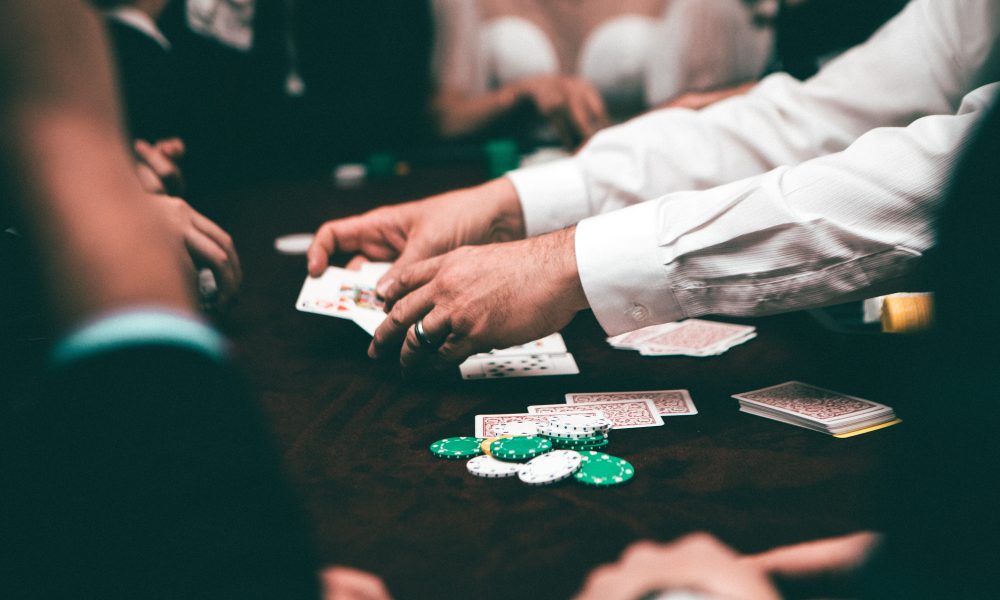In gambling, you bluff to control what others think you have. The mental tricks involved can turn an average player into a serious competitor. Bluffing should be subtle, calculated, and timed to work best. The best bluffers understand how to manipulate perception. Here are the mental tricks to ensure an effective bluff.
Reading the Room and Setting the Stage
Players need to read the table before they can pull off a bluff. Successful bluffers scan their opponents, pick up on their patterns, and adjust their behavior to fit the flow of the game.
Bluffing begins with setting a believable tone. Opponents may believe it if a player has been playing tight and suddenly makes a bold move. This makes consistency important. Your bluff may stick if your previous actions support the story you are telling.

Using Confidence as a Weapon
Confidence can be quite convincing. You want to use steady body language, calm speech, and relaxed behavior to make your opponents second-guess themselves. Bluffers know that their presentation can still sell strength even if their hand is weak.
Players who bluff well don’t hesitate. They do not fidget or glance nervously at their chips. They look comfortable, which can be enough to scare off unsure opponents.
Understanding Fear of Loss
Humans are naturally wired to avoid loss more than they seek to gain. Bluffers take advantage of this by creating scenarios where calling the bluff feels riskier than folding. This concept is a powerful motivator at the table.
Your opponents might fold if they feel like calling you might cost them a huge portion of their stack or knock them out of a tournament. Skilled bluffers know how to apply just enough pressure to trigger this fear without overdoing it.
Using Selective Memory and Reputation
A bold bluff that works can stick in people’s minds, shaping how they view you in future hands. Over time, building a reputation as someone who might bluff gives you an edge. It keeps opponents guessing. A smart player also takes advantage of their own image. The next big hand you play might get more respect if you have been caught bluffing recently because players won’t want to be fooled twice. Bluffers use their past behavior as part of their future strategies.
Leveraging Timing and Table Talk
Timing is everything when you bluff. You must know when to act. A bluff thrown out randomly won’t get much traction. But a bluff made after a long, tight session or during a tense, high-stakes moment can hit much harder.
Some players also use table talk to influence their opponents. Casual conversation, joking, or silence can be tactics. A well-placed comment can plant doubt or build pressure. Bluffers often use these social cues to control the emotional tone of the table.
Disguising Patterns and Mixing It Up
The best bluffers never bluff the same way twice. They change the pace, the amount they bet, and the way they act, so it is harder for others to spot a pattern. Bluffing too often will make people catch on. Your big hands may not get paid off if you never bluff. Mixing real hands with bluffs creates just enough uncertainty to keep opponents from reading you. Bluffers keep their strategy fresh by disguising their habits and throwing in the occasional curveball.

